The first chili exchange in central China's Hubei Province was officially operated in Wuhan. The chili exchange integrates import collection, product exhibition, index release, trade matching, and cultural promotion functions connected with the global chili supply chain. It will be a large-scale integrated trading center for direct chili source sourcing.
The chili exchange is divided into the domestic chili exhibition area, imported chili exhibition area, price index release hall, spicy culture, and other regions. Among them, the exhibition area displays 24 varieties of chili peppers at home and abroad, including representative categories such as India S 17 Teja Chilli and Xinjiang Red Dragon 23.
In the trading hall, test data on the big screen constantly "refreshes." These data show the pepper supplier number, variety, origin, price, and other information so that suppliers who come to purchase can understand the entire market at one time and purchase according to demand. In addition, the chili exchange will also publish industry indexes and procurement information in real-time daily to provide suppliers with professional procurement information and guidance.









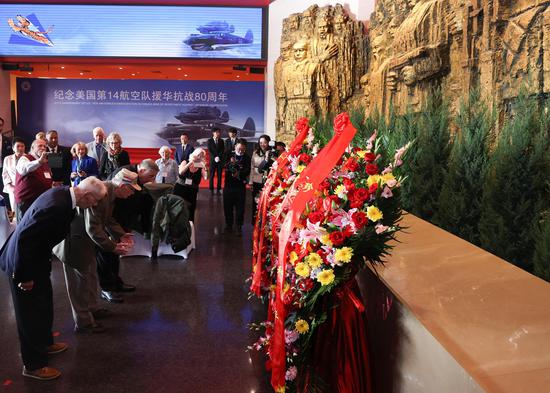
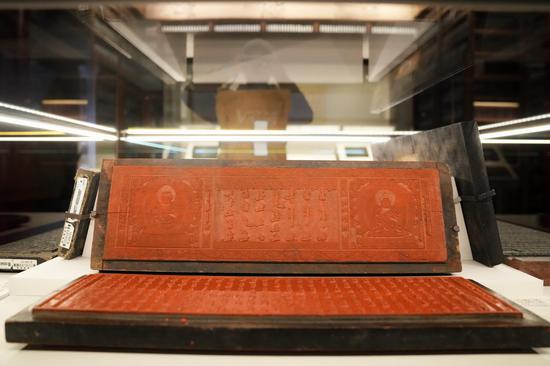
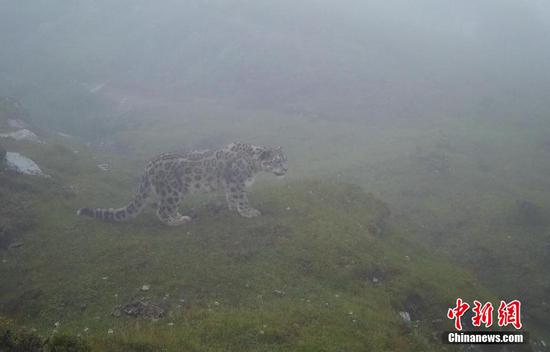
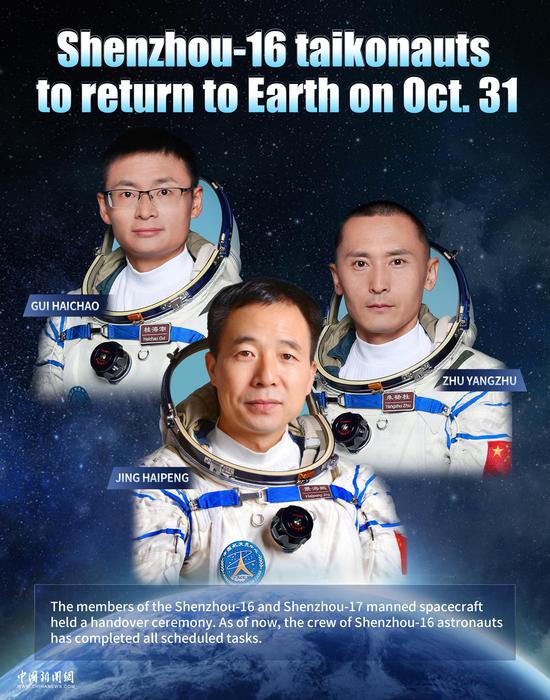


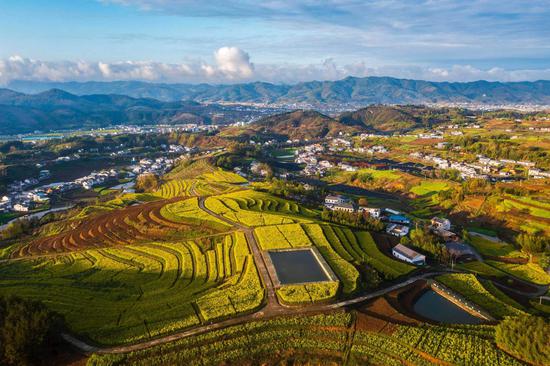
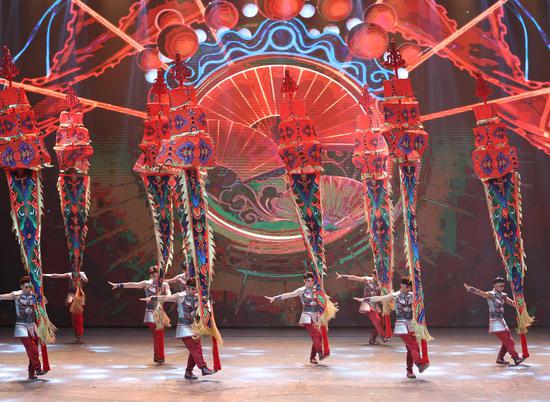

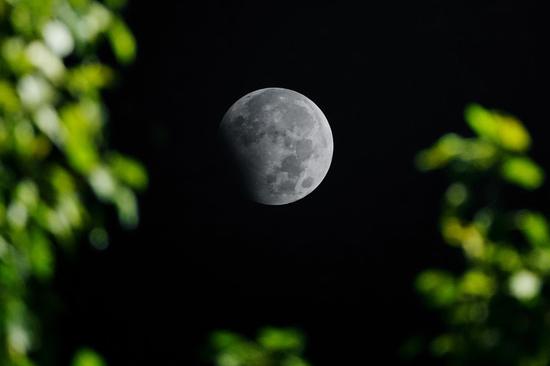
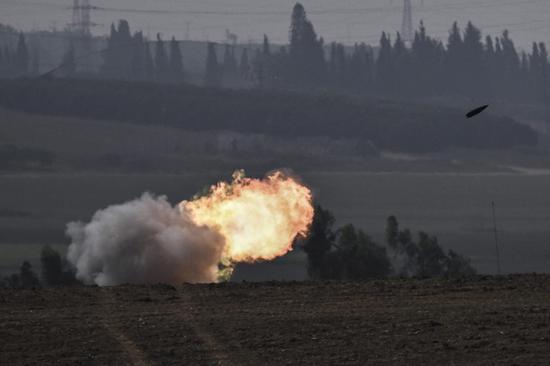



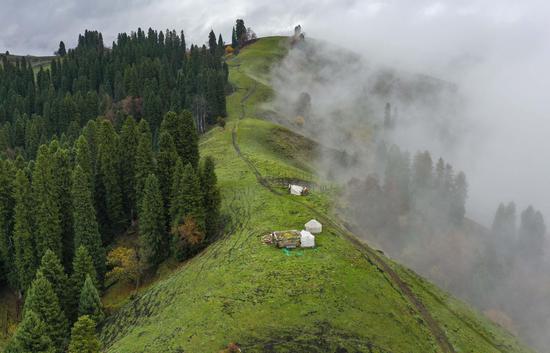




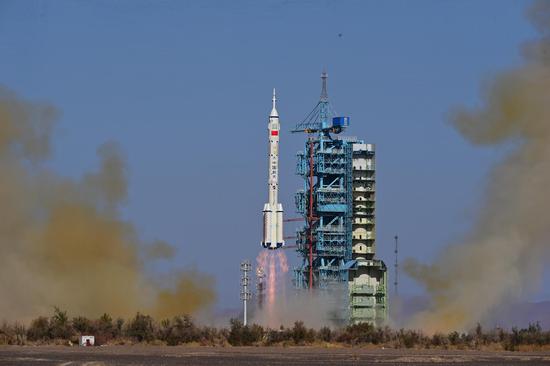
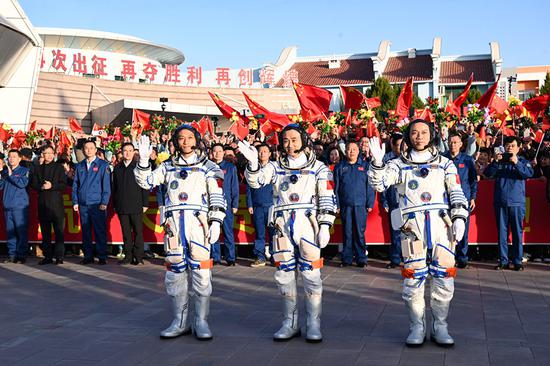
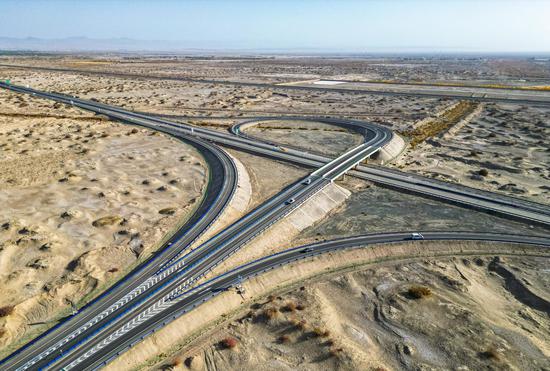

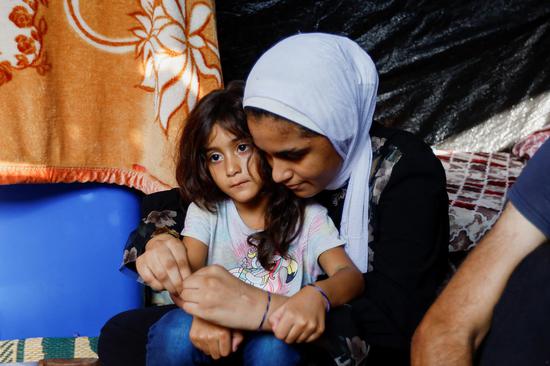

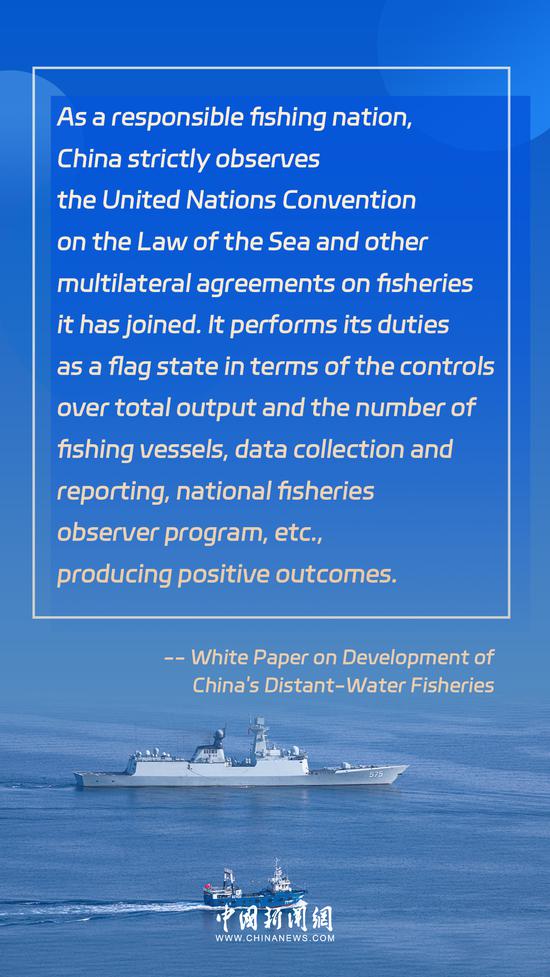


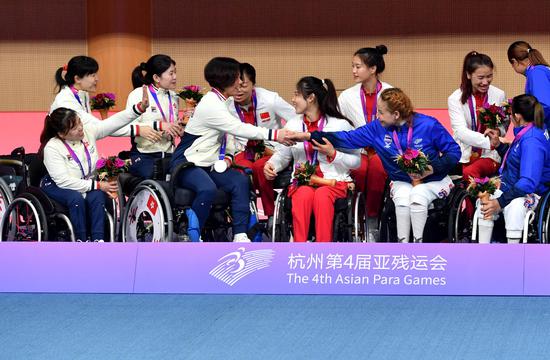
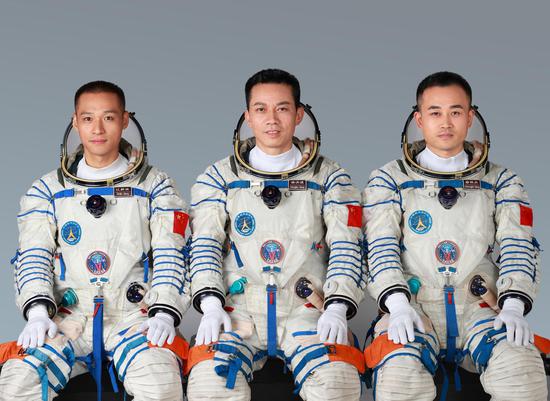
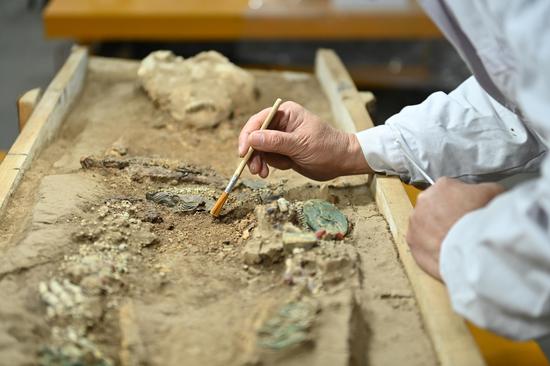



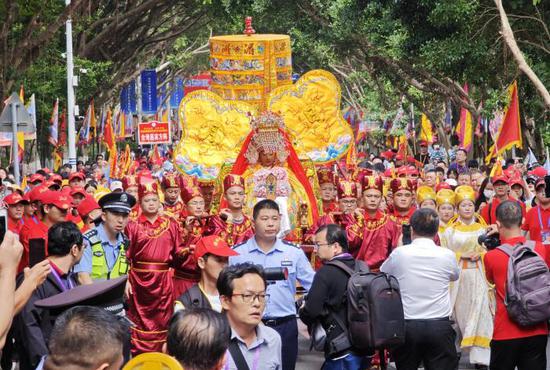
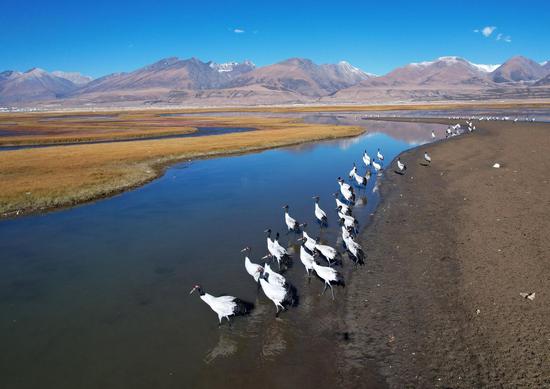

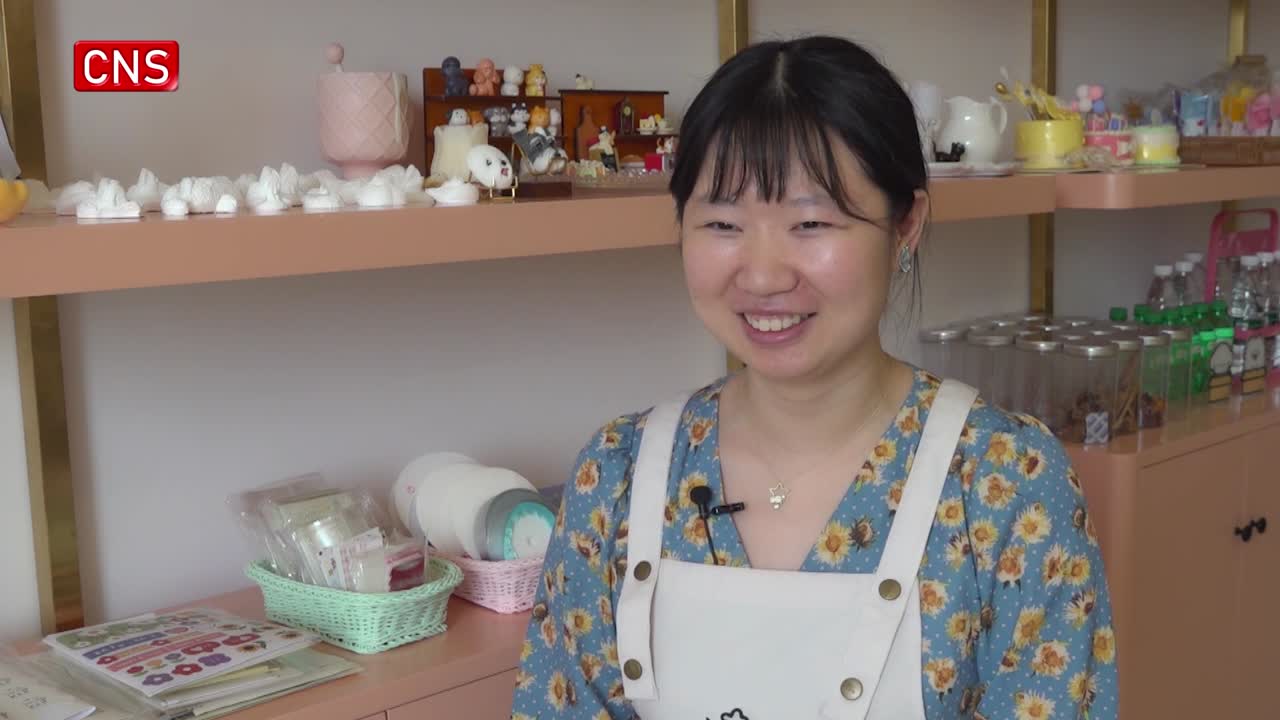

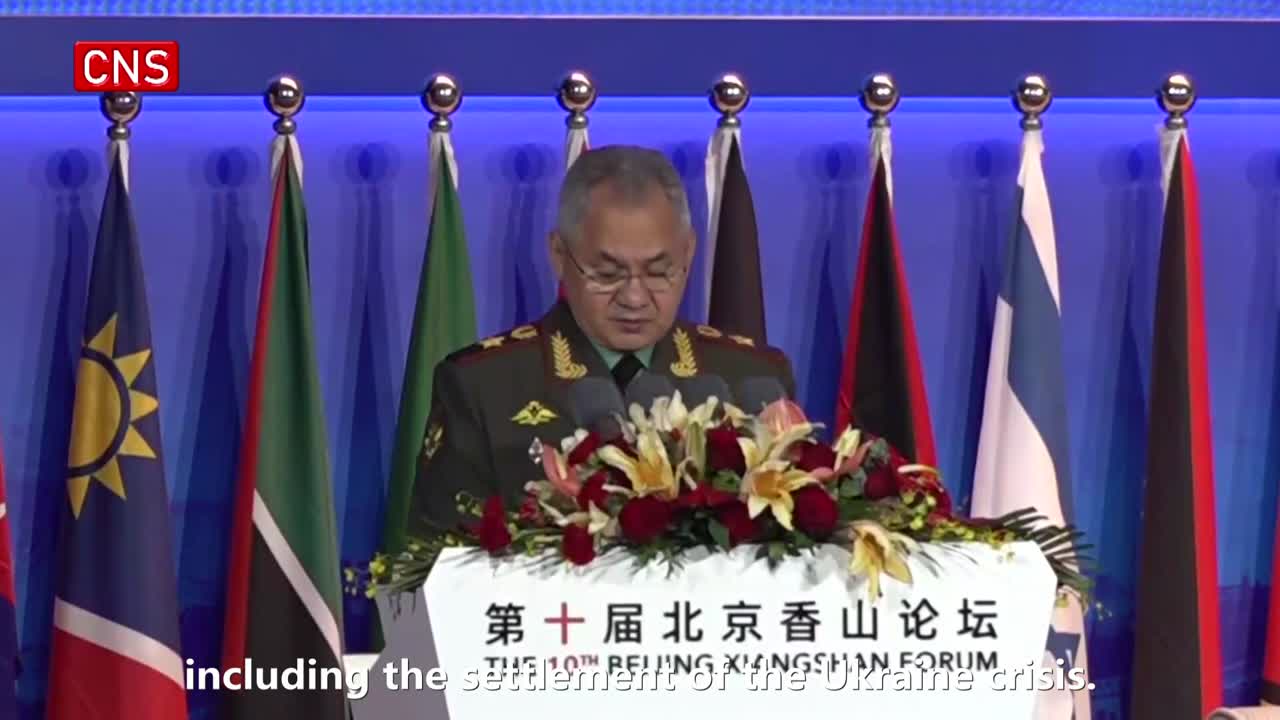

 京公网安备 11010202009201号
京公网安备 11010202009201号